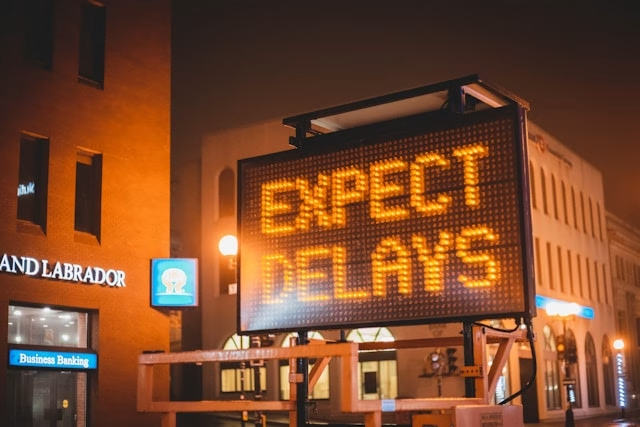We are taught to see speed as the ultimate measure of success. We rush to meet deadlines, push for quick wins, and strive to be first to market. But as any conductor knows, a symphony is not just about playing fast. It’s about rhythm, pace, and knowing when to pause.
Delays are an inevitable part of any strategic project. They are not setbacks that jeopardize the project, but rather opportunities for reflection, reassessment, and refinement. Research shows that only about a third of projects are completed on time, so it’s a reality that every strategist must confront. The key is to shift your mindset from seeing a delay as a setback to seeing it as a strategic advantage.

Turning a pause into a power play
Unexpected delays are not a setback; they are an advantage that allows you to strengthen your strategy’s foundation. Using that delay can prevent a much larger and more costly failure down the road. A delay might be the perfect time to:
- Deepen stakeholder relationships. Use the extra time to connect with stakeholders on a more personal level and build stronger relationships, fostering greater buy-in down the line. This is particularly important for projects with teams from many different departments or countries involved.
- Refine communication. Reevaluate your communication plan and fine-tune your messaging if necessary. You might be able to improve materials or simply listen more attentively to feedback that was missed in the rush of the initial project timeline.
- Explore alternative solutions. A delay can provide the breathing room to explore alternative approaches or ideas that were initially overlooked. For example, you could use a delay to run a small pilot program or test a piece of technology that could improve the final outcome.
- Improve clarity and alignment. Check in with the team and project owners to ensure everyone is still aligned on the project’s purpose and goals.
A smart use of a pause can be the difference between a project that stalls and one that gains more momentum. When faced with an unexpected delay, the conductor doesn’t just halt the performance. They use the unplanned pause to their advantage. For example, use this time to help different sections align their sound, refine a tricky transition, and ensure every musician is ready for the next movement. This use of a delay is what transforms a potential stumble into a better performance.




